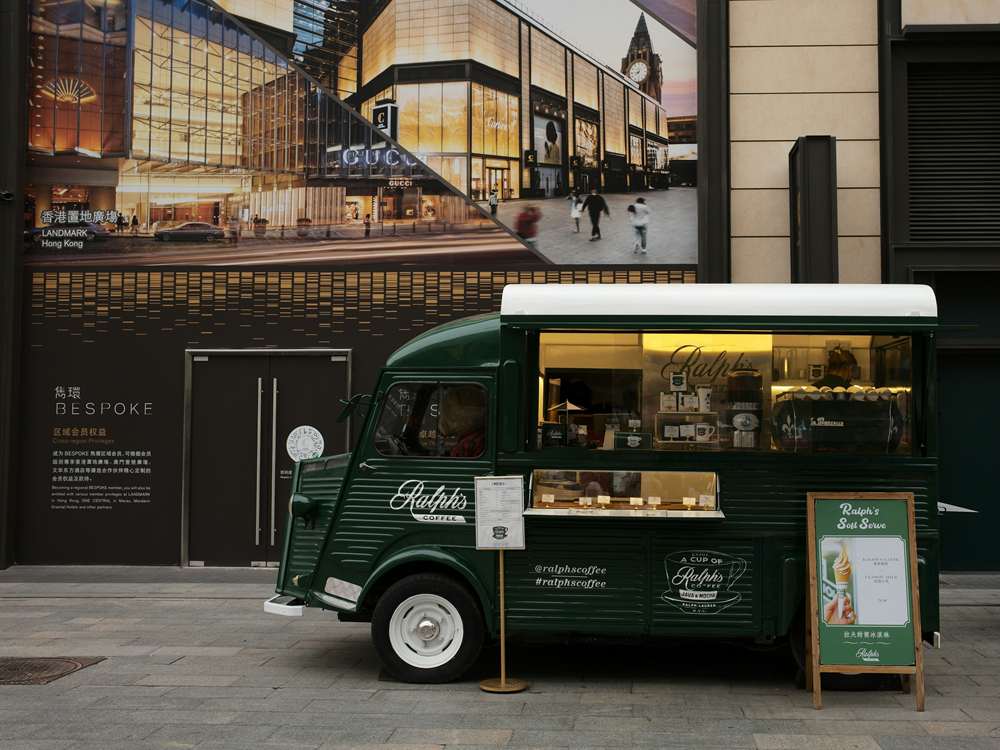
How to Start a Coffee Truck
Starting a coffee truck can be an exciting and rewarding venture for coffee enthusiasts looking to share their passion for java on the go. Starting a coffee truck isn’t much different from many food trucks, instead, a coffee truck might be a bit more affordable.
From picking the right truck to making a profit, here’s a comprehensive guide to launching your own mobile coffee business.
-
Choosing the Right Coffee Truck
Selecting the perfect coffee truck is crucial for your mobile coffee business. Consider factors such as size, condition, and customization options. Look for a reliable vehicle with enough space to accommodate your equipment and supplies while ensuring it meets health and safety regulations.
Here are three essential tips to guide you in making the right choice:
- Size Matters: Consider the size of the truck carefully, ensuring it offers ample space to accommodate all necessary equipment and supplies without feeling cramped or cluttered.
- Condition and Customization: Opt for a coffee truck in good condition to minimize maintenance costs and potential breakdowns. Build out your coffee truck to allow you to design the layout to suit your needs and preferences.
- Compliance and Regulations: Ensure the chosen coffee truck meets all health regulations for food service establishments. Verify that it has the necessary permits and certifications to operate legally in your target area.
-
Essential Amenities for Your Coffee Truck
Your coffee truck should be equipped with essential amenities to ensure smooth operations. Invest in high-quality espresso machines, grinders, and brewing equipment to deliver delicious coffee to your customers. Additionally, stock up on supplies such as coffee beans, milk, syrups, and cups to keep your offerings diverse and appealing.
Here are three key considerations to help you select the perfect amenities for your mobile coffee business:
- Quality Coffee Equipment: Invest in top-notch espresso machines, coffee grinders, and coffee brewing equipment to ensure consistency and excellence in every cup. Choose equipment that is durable, efficient, and capable of handling the volume of orders you anticipate.
- Versatile Menu Options: Offer a diverse menu of coffee beverages to cater to different tastes and preferences. Ensure your coffee truck is stocked with various coffee beans, milk alternatives, syrups, and flavorings to accommodate a wide range of customer requests.
- Convenient Storage and Organization: Optimize the layout of your coffee truck to maximize space and efficiency. Designate designated storage areas for coffee supplies, cups, condiments, and other essentials to keep everything organized and easily accessible during busy service hours.
By prioritizing quality equipment, diverse menu options, and efficient organization, you can ensure that your coffee truck is well-equipped to deliver an exceptional coffee experience to your customers, wherever you roam.

-
Budgeting for Your Coffee Truck
Budgeting is a critical step in starting a coffee truck business. Calculate your startup costs, including purchasing the truck, equipment, permits, and licenses, as well as ongoing expenses such as fuel, maintenance, and inventory. Create a comprehensive budget to guide your spending and ensure financial stability as you launch and grow your business.
Creating a realistic budget is essential for launching a successful coffee truck business. Here are three simple tips to help you budget effectively:
- Calculate Startup Costs: Begin by estimating the total startup costs for your coffee truck, including purchasing or leasing the vehicle, acquiring equipment, obtaining permits and licenses, and covering initial inventory expenses. Be thorough in your calculations and account for any unexpected expenses that may arise.
- Plan for Ongoing Expenses: In addition to one-time startup costs, it’s crucial to budget for ongoing expenses such as fuel, maintenance, insurance, and inventory replenishment. Consider factors like fuel prices and equipment maintenance schedules when estimating these costs to ensure you have enough capital to sustain your business in the long term.
- Track and Monitor Spending: Once you’ve established your budget, diligently track and monitor your spending to ensure you stay within your financial limits. Use accounting software or spreadsheets to record expenses, track income, and identify areas where you may be overspending. Regularly review your coffee shop startup budget and make adjustments as needed to keep your finances on track.
By following these tips and maintaining a careful eye on your finances, you can budget effectively for starting and running a successful coffee truck business. With careful planning and financial management, you’ll be well-prepared to navigate the retail challenges and opportunities of entrepreneurship in the mobile coffee industry.
-
Choosing the Right Location
Location is key to the success of your coffee truck business. Research potential spots with high foot traffic, such as business districts, parks, and events. Consider factors such as customer accessibility, competition, and target demographic when selecting your locations. Building relationships with local businesses and event organizers can also help secure prime spots for your coffee truck.
Selecting the perfect location for a coffee truck is crucial for the success of your coffee truck business.
Here are three key factors to consider when choosing where to sell your coffee:
- Foot Traffic and Demographics: Look for locations with high foot traffic, such as universities, or busy downtown areas, business districts, or popular event venues. Additionally, consider the demographics of the area, including age, income level, and lifestyle preferences, to ensure there is demand for your coffee offerings.
- Visibility and Accessibility: Opt for locations that are highly visible and easily accessible to potential coffee-loving customers. Choose spots with prominent signage, ample parking, and convenient access points to attract passing pedestrians, commuters, and drivers.
- Competition and Collaboration: Evaluate the level of competition in the area and consider how you can differentiate your coffee truck from existing options. Additionally, explore opportunities for collaboration with local businesses, events, or organizations to secure prime spots and enhance your visibility and customer reach.
By prioritizing foot traffic and demographics, visibility and accessibility, and competition and collaboration, you can strategically select the right locations to sell your coffee and maximize your chances of success in the competitive mobile coffee industry.
-
Making Money with Your Coffee Truck
There are several ways to generate revenue with your coffee truck. In addition to selling coffee and espresso-based beverages, consider offering specialty drinks, pastries, and snacks to attract more customers. Explore catering opportunities, such as weddings, corporate events, and festivals, to expand your customer base and increase sales. Additionally, consider partnering with local businesses or setting up regular routes to maximize your profitability.
 ‘
‘
Advantages of Starting a Coffee Truck over a Food Truck
When considering launching a mobile food business, opting for a coffee truck presents several unique advantages. Here are three compelling reasons why starting a coffee truck may be preferable to starting a traditional food truck:
- Lower Overhead Costs: Coffee trucks typically require less initial investment and ongoing overhead costs compared to food trucks. With a simpler menu and fewer equipment requirements, you can save on expenses related to kitchen equipment, food inventory, and staffing. Additionally, coffee ingredients like beans, milk, and syrups have a longer shelf life than perishable food items, reducing the risk of food spoilage and waste.
- Targeted Customer Base: Coffee has broad appeal and is consumed throughout the day, making it easier to attract a consistent customer base. By strategically positioning your coffee truck in high-traffic areas like business districts, universities, or event venues, you can target customers seeking a quick caffeine fix or a leisurely coffee break. Unlike food trucks that may face seasonal fluctuations or niche market demands, coffee trucks can cater to a wide range of customers year-round.
- Streamlined Operations: Operating a coffee truck requires less complexity and overhead compared to running a full-service kitchen. With a focus on brewing and serving coffee-based beverages, you can streamline your operations, reduce wait times, and maximize efficiency. This simplified business model allows you to maintain a lean operation, minimize staffing requirements, and focus on delivering quality coffee and exceptional customer service.
By capitalizing on lower overhead costs, a targeted customer base, and streamlined operations, starting a coffee truck offers distinct advantages over starting a traditional food truck. Whether you’re a seasoned entrepreneur or new to the mobile food industry, a starting coffee truck may be the perfect vehicle to kickstart your entrepreneurial journey and satisfy the caffeine cravings of customers on the go.

How to Start a Food Truck LLC
Tags: coffee truck
